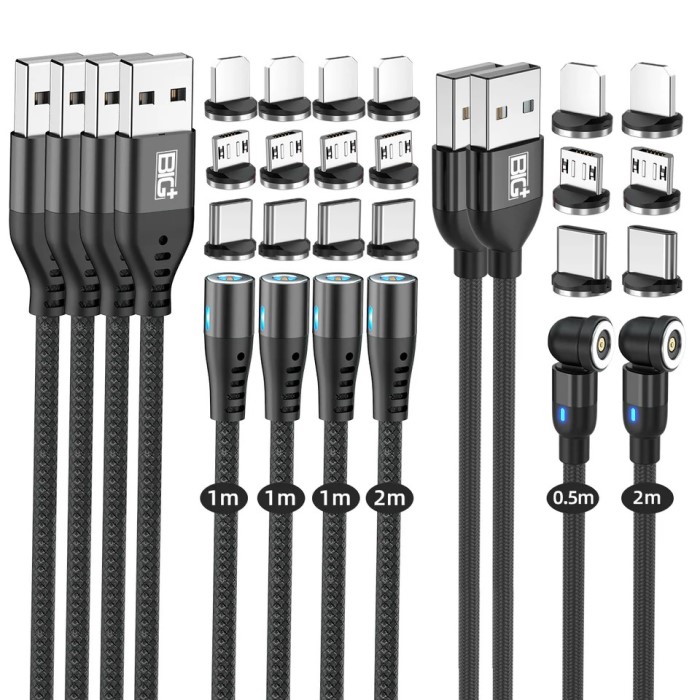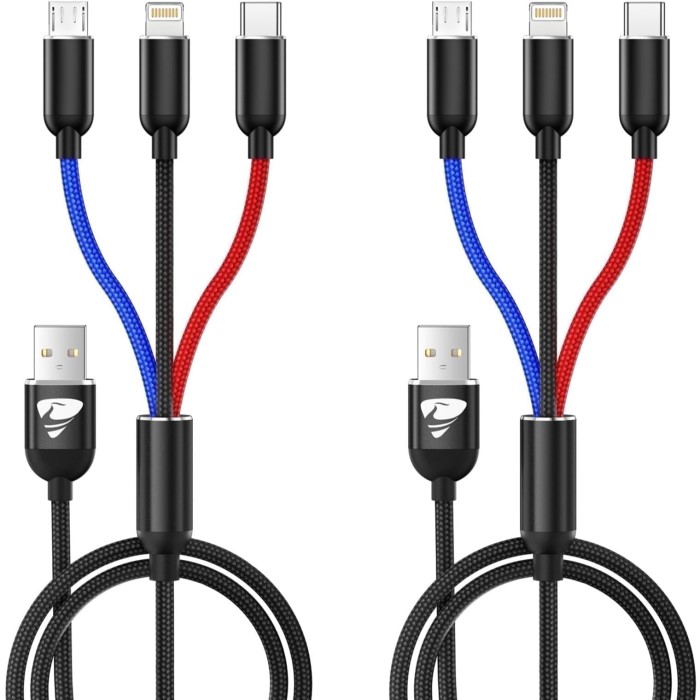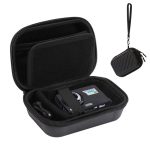Contents
Introduction
Phone chargers are essential for keeping our devices powered up. They come in various types, each suited for specific needs. Understanding these differences helps users pick the right charger for their devices. Over time, phone chargers have evolved significantly, adapting to advancements in technology.
The main types include wired and wireless chargers. Wired chargers use connectors like USB-A, USB-C, and Micro-USB. Wireless chargers, on the other hand, charge devices without cords. Additionally, there are specialty chargers, such as solar chargers and power banks, for unique situations.
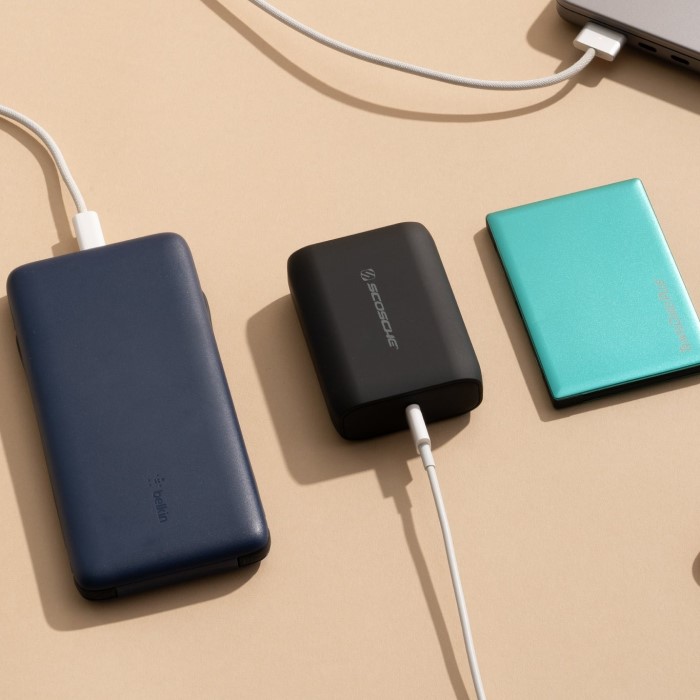
Choosing the right phone charger is about more than just plug compatibility. Factors like charging speed, device compatibility, and build quality are important. With so many options available, understanding the basics of phone charger types ensures efficient and safe device charging.
Overview of Charging Standards
Charging standards determine how devices connect and power up efficiently. Understanding these standards is key. Below are three widely-used connectors that have shaped phone charging solutions.
USB-A: The Traditional Connector
USB-A connectors are the earliest widespread charging standard. They are rectangular and easy to identify. These phone charger types deliver basic power, often at slower speeds. Many older devices rely on USB-A ports for connectivity. Though still common, USB-A is gradually being replaced by newer technologies.
USB-C: The Modern Standard
USB-C connectors are smaller, reversible, and highly versatile. They support faster data transfer and charging. USB-C works with modern devices like smartphones, tablets, and laptops. It is designed to handle high wattages for faster charging speeds. Due to its efficiency, USB-C has become the go-to standard for many manufacturers.
Micro-USB: The Older Generation
Micro-USB was once widely used for charging and data transfer. It is compact but lacks versatility compared to USB-C. Many older Android phones and small gadgets still use Micro-USB. However, its slower charging speeds have made it less popular in recent years. Gradually, Micro-USB is being phased out in favor of faster and more convenient options.
Wireless Phone Chargers
Wireless chargers are gaining popularity due to their convenience. They eliminate the need for cables, offering clutter-free device charging. These chargers use electromagnetic fields to transfer energy. A compatible device simply needs to be placed on the charging pad to power up.
Wireless chargers work well with modern smartphones and other devices that support wireless charging standards. They’re ideal for users seeking quick charging without dealing with tangled cords or worn-out cables.
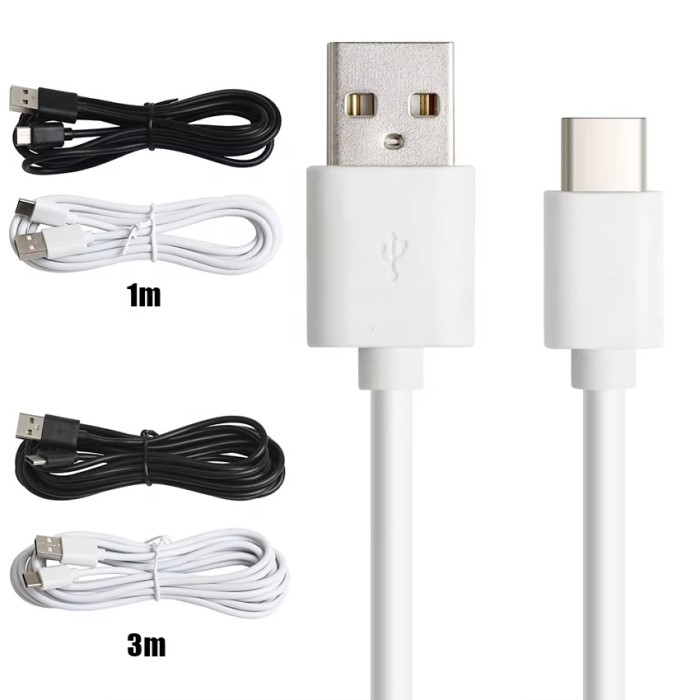
How Wireless Charging Works
Wireless charging relies on electromagnetic induction. A coil in the charger generates a magnetic field. This field transfers energy to a coil in the device, converting it into power. Devices that support wireless charging have built-in receiving coils.
Many wireless chargers include safety features such as temperature control to prevent overheating. However, wireless charging is typically slower than wired methods. It is best for casual use, like overnight charging, rather than fast power-ups.
Popular Wireless Charging Standards (Qi and Others)
The most widely used standard in wireless charging is Qi (pronounced “chee”). Qi is backed by the Wireless Power Consortium. It ensures compatibility across various devices and brands.
Other standards also exist, like Powermat and AirFuel. However, Qi remains dominant due to its universal adoption by major manufacturers. Most modern phones, including Apple and Android devices, support Qi charging.
Understanding the available wireless charging standards helps users pick compatible chargers for their devices. It ensures efficient power delivery and prevents compatibility issues.
Fast Charging Technologies
Fast charging technologies have revolutionized device charging. They provide quicker power-ups compared to traditional chargers. Popular fast charging methods include Quick Charge and Power Delivery (PD). These technologies are ideal for users needing efficient charging in less time.
Fast charging is achieved by delivering higher wattages to devices. It requires compatible chargers, cables, and devices. These chargers reduce waiting times, especially for users constantly on the go. Manufacturers integrate fast charging to meet consumer demands for speed and convenience.
Understanding Quick Charge and Power Delivery (PD)
Quick Charge, developed by Qualcomm, is a widely-used fast charging standard. It optimizes charging by increasing current and voltage. Quick Charge is compatible with many Android phones, ensuring faster recharge times. It includes features like heat management for safe charging.
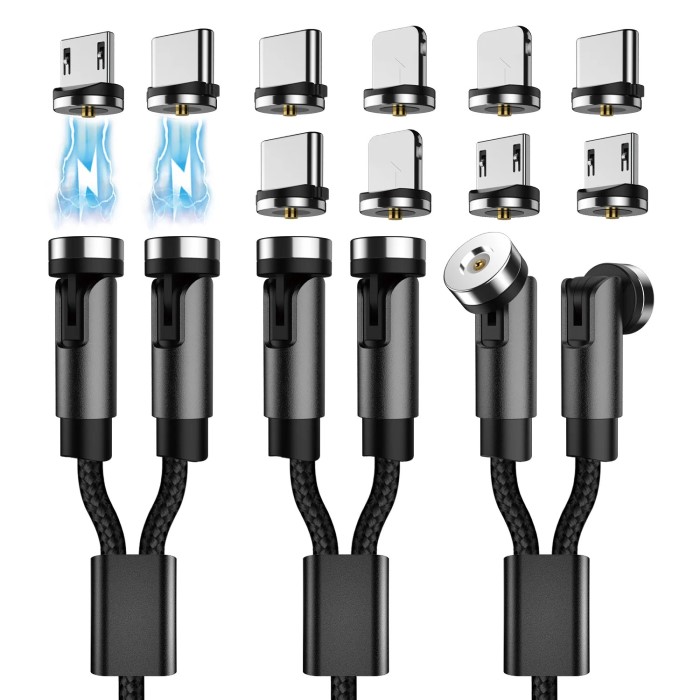
Power Delivery (PD) is another leading fast charging standard. It is primarily used with USB-C connectors. PD supports high wattages, making it ideal for charging laptops and tablets. It allows dynamic power adjustment to optimize charging speed for different devices. PD chargers are versatile and suitable for various electronics.
Pros and Cons of Fast Charging
Pros:
- Reduced charging time, perfect for busy users.
- Compatibility with modern devices for efficient charging.
- Enhanced safety features like temperature control.
Cons:
- Fast charging may generate additional heat, potentially affecting device lifespan.
- Requires specific chargers and cables that might cost more.
- Older devices or cables may not support fast charging.
Understanding these technologies helps users choose chargers that match their needs effectively. Selecting high-quality fast chargers ensures reliable and safe device performance.
Specialty Phone Chargers
Some chargers cater to unique situations or needs beyond typical wired and wireless options. Specialty phone charger types provide solutions for specific environments or mobility concerns. Two key examples of specialty chargers are solar chargers and portable power banks.
Solar Chargers for On-the-Go
Solar chargers harness sunlight to generate energy for charging devices. They are equipped with solar panels that convert light into electricity. These chargers are ideal for outdoor enthusiasts, campers, or people in areas with limited electricity access.
Key Features:
- They rely on renewable energy, making them environmentally friendly.
- They work well in sunlight but may struggle in cloudy conditions.
- Portable designs allow easy transport while traveling or hiking.
Benefits:
- Solar chargers reduce dependency on electrical outlets.
- They promote sustainable charging and help conserve energy.
- Ideal for emergencies or outdoor adventures where power outlets are unavailable.
Portable Power Banks
Portable power banks store electrical energy to charge devices later. They are compact, lightweight, and easy to carry, making them a popular choice for frequent travelers.
Key Features:
- Power banks come with various capacities, measured in milliamp-hours (mAh).
- Many models support fast charging for modern smartphones.
- Some offer multiple ports for charging multiple devices simultaneously.
Benefits:
- They provide reliable backup power on the go.
- Perfect for use in situations with no access to charging outlets.
- Can work with various device types, including phones, tablets, and cameras.
Specialty phone chargers address charging needs beyond regular circumstances. Whether outdoors or on the move, these chargers ensure devices stay powered efficiently.
Compatibility and Choosing the Right Charger
Choosing the right phone charger ensures smooth and safe device charging. Compatibility between chargers and devices matters greatly. A mismatched charger can lead to slower charging or even damage. Let’s explore factors to consider and how to avoid fake products.
Factors to Consider when Matching Chargers to Devices
- Connector Type: Check if your device needs USB-A, USB-C, or Micro-USB. Match the charger type to your device.
- Charging Standard: Ensure your charger supports your device’s fast charging protocols, like Quick Charge or PD.
- Wattage Requirements: Devices require different wattages. Verify if the charger delivers enough power output.
- Brand Compatibility: Some devices, like Apple products, work best with their specific chargers. Always verify brand-specific needs.
- Safety Features: Choose chargers with protective features, such as over-voltage control and temperature regulation.
- Wireless Compatibility: If using wireless chargers, confirm your device supports standards like Qi charging.
How to Identify Fake or Low-Quality Chargers
- Look for Certifications: Authentic phone charger types should have quality certifications (e.g., UL, CE, or FCC).
- Examine the Build Quality: Genuine phone charger types use durable materials. Fake chargers often feel flimsy.
- Compare Pricing: Extreme discounts may indicate counterfeit or low-quality products.
- Check Packaging: Original accessories have neat, branded packaging with clear details and logos.
- Inspect the Labeling: Look for correct spelling of brand names and technical specifications.
- Research Reviews: Read customer feedback to avoid buying unsafe or unreliable chargers.
Selecting the right charger minimizes risks and ensures efficient power delivery. Prioritize quality and compatibility to protect your devices and maximize lifespan.
Environmental Impact of Chargers
Charging devices has environmental implications that cannot be ignored. Obsolete and low-quality chargers contribute to e-waste, while sustainable options present a way forward. Understanding these impacts helps us make eco-friendly choices.
E-Waste from Obsolete Chargers
Obsolete phone chargers contribute heavily to electronic waste (e-waste). These discarded chargers end up in landfills, releasing toxic substances that harm soil, water, and air. With rapid tech advancements, users frequently replace chargers, leading to more waste.
Reasons for E-Waste Growth:
- Frequent updates in phone charger design and charging standards.
- Low-quality chargers that break easily and are discarded quickly.
- Lack of proper recycling programs for old chargers.
Environmental Consequences:
- Toxins like lead and mercury can leak into ecosystems.
- Non-biodegradable plastics in chargers worsen landfill pollution.
- Unrecycled e-waste increases resource depletion for future production.
To reduce charger-related e-waste, users should recycle old chargers responsibly. Many brands and stores have take-back or recycling programs to dispose of chargers safely.
Sustainable Charging Options
Sustainable chargers help minimize the environmental impact by using eco-friendly materials and innovative technologies. Choosing them can promote a greener approach to device charging.
Examples of Sustainable Chargers:
- Solar Chargers: These use sunlight instead of electricity, reducing dependence on non-renewable power.
- Energy-Efficient Chargers: Certified options use less electricity during charging.
- Universal Chargers: These reduce the need for multiple chargers, minimizing waste.
Tips for Sustainable Charging:
- Reuse compatible chargers with multiple devices instead of buying new ones.
- Avoid overcharging devices to save electricity and prolong charger lifespan.
- Opt for brands known for eco-conscious innovations and durable chargers.
Adopting sustainable charging options not only helps protect the environment but also promotes responsible technology use. Small changes in our habits can lead to significant ecological benefits.
Tips for Extending Battery and Charger Lifespan
Extending the lifespan of your phone battery and charger is essential for optimal performance. Proper care reduces the need for frequent replacements and minimizes environmental impact. Here are practical tips to keep your batteries and chargers in excellent condition:
- Avoid Overcharging Devices
- Disconnect chargers when batteries reach full capacity to prevent overheating or overcharging.
- Overcharging can degrade battery health over time.
- Keep Devices Cool
- Heat can damage both chargers and batteries. Avoid exposing them to direct sunlight.
- Store and use chargers in cool, well-ventilated spaces.
- Use High-Quality Chargers and Cables
- Original or certified chargers are safer and more efficient.
- Avoid low-quality or counterfeit chargers that can cause damage.
- Don’t Fully Drain Batteries
- Charge your devices before the battery drops below 20% to maintain battery health.
- Lithium-ion batteries age faster when regularly depleted.
- Unplug Idle Chargers
- Remove chargers from outlets when not in use to reduce wear and power consumption.
- Idle chargers can also generate unnecessary heat.
- Store Batteries Properly
- For long-term storage, keep batteries at around 50% charge.
- Avoid storing batteries in overly hot or cold environments.
- Use Surge Protectors
- Protect your chargers from power surges by using surge protectors or regulated outlets.
- Clean Charger Ports
- Dust and debris can interfere with charging. Regularly clean the ports and connectors gently.
- Opt for Short Charging Sessions
- Frequent, shorter charging sessions are better than long, continuous charging.
- This practice reduces heat and stress on the battery.
- Update Device Software
- Manufacturers often release updates to improve battery performance and charging efficiency.
- Keep your device software up to date.
Following these tips ensures longer lifespans for batteries and chargers. Proper care not only saves money but also protects the environment by reducing waste.
Conclusion
Understanding phone charger types is essential for efficient and safe device charging. With options like wired, wireless, and specialty chargers, users can choose what suits their needs best. Each charger type—be it USB-C, wireless Qi, or portable power banks—offers unique features for different situations.
Consider factors like compatibility, charging speed, and quality to select the right charger. Pay attention to safety measures and avoid counterfeit products. Use chargers responsibly to extend their lifespan and prevent unnecessary e-waste. Sustainable charging options, such as solar chargers, also contribute to a healthier environment.
By understanding these aspects, you can make smarter choices. This ensures your devices stay powered efficiently while reducing environmental impact. Proper care and informed decisions benefit you and the planet for years to come.
